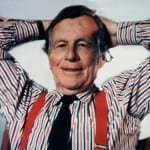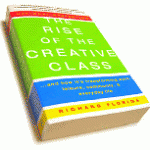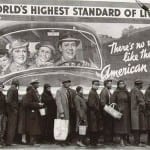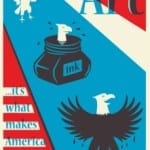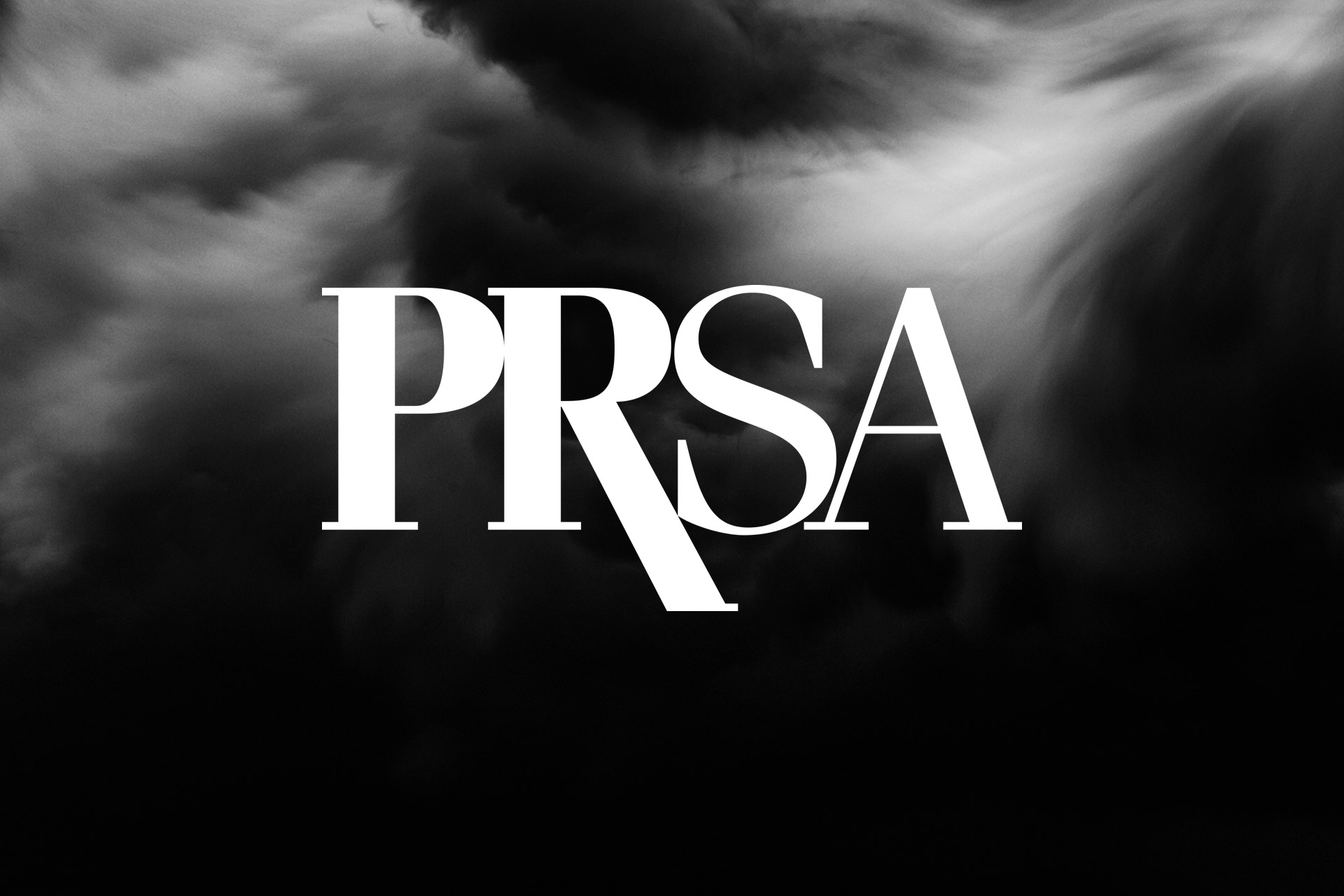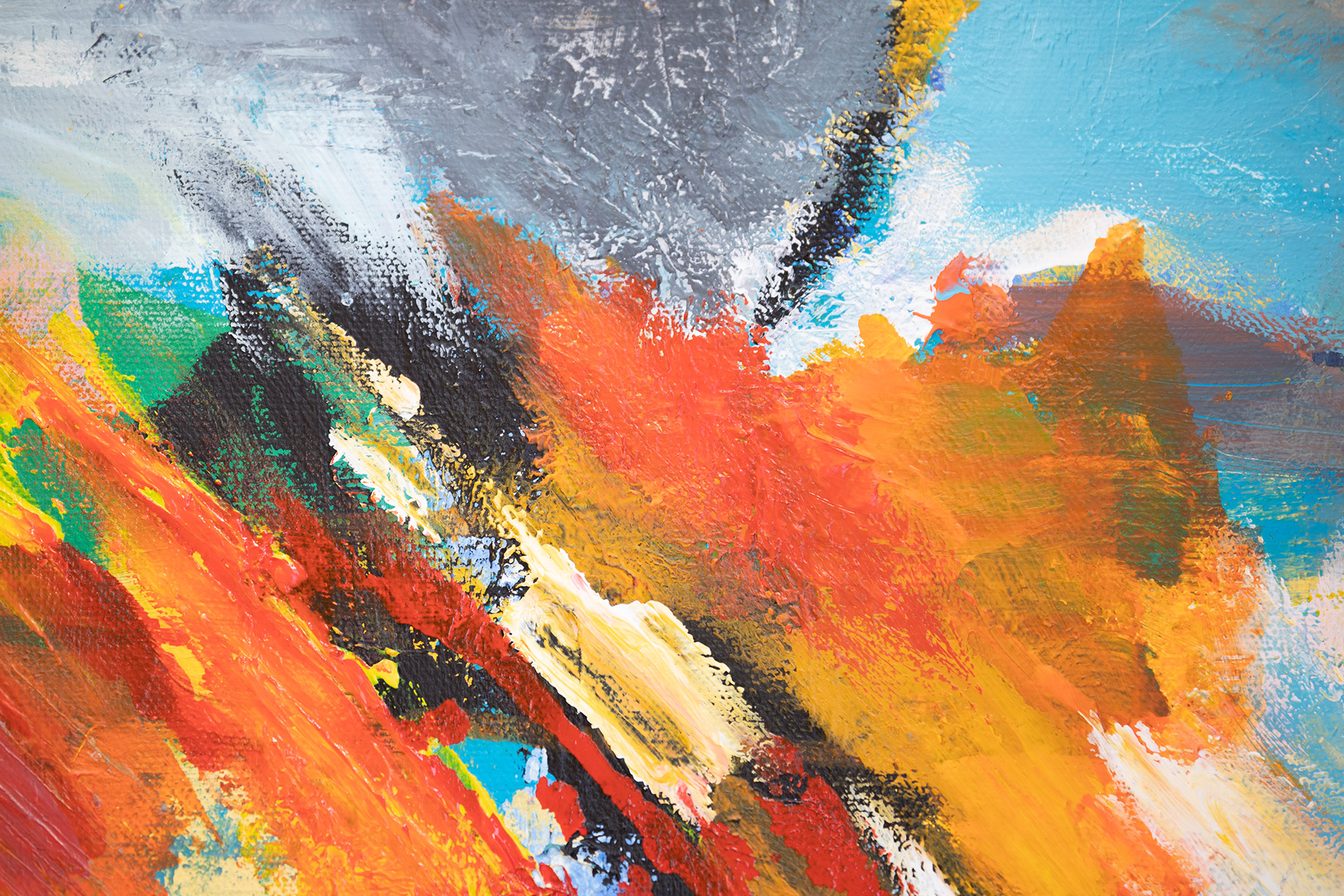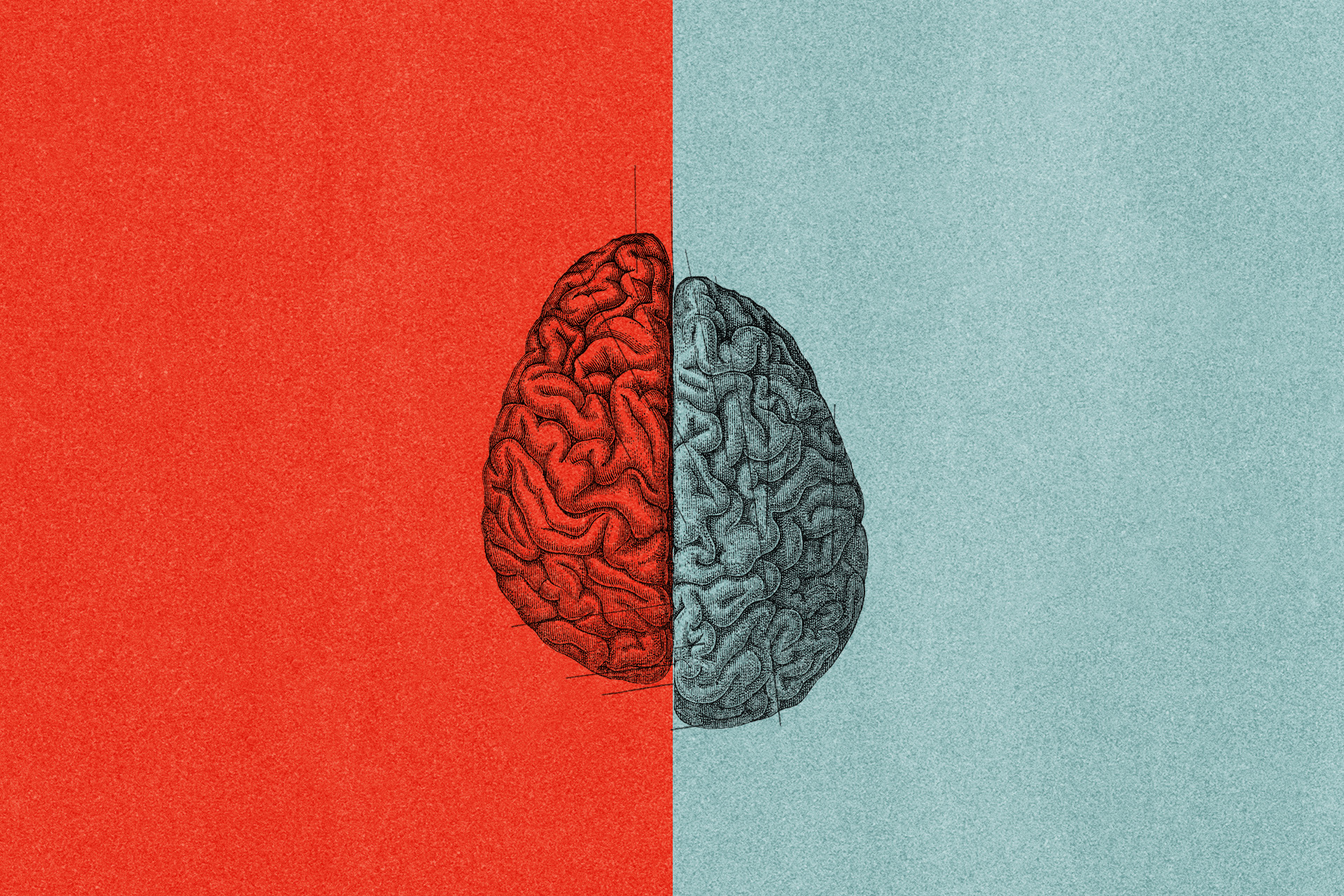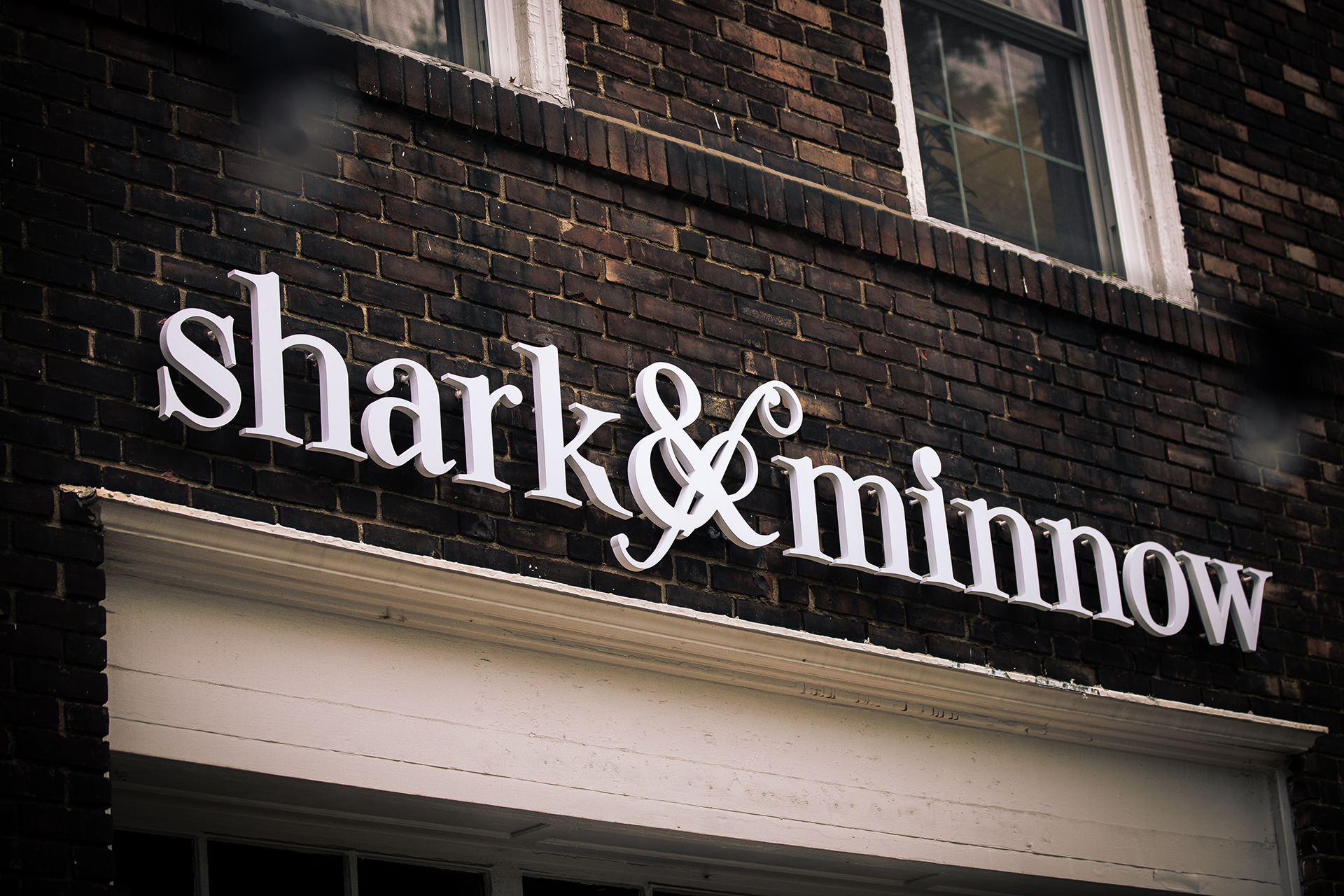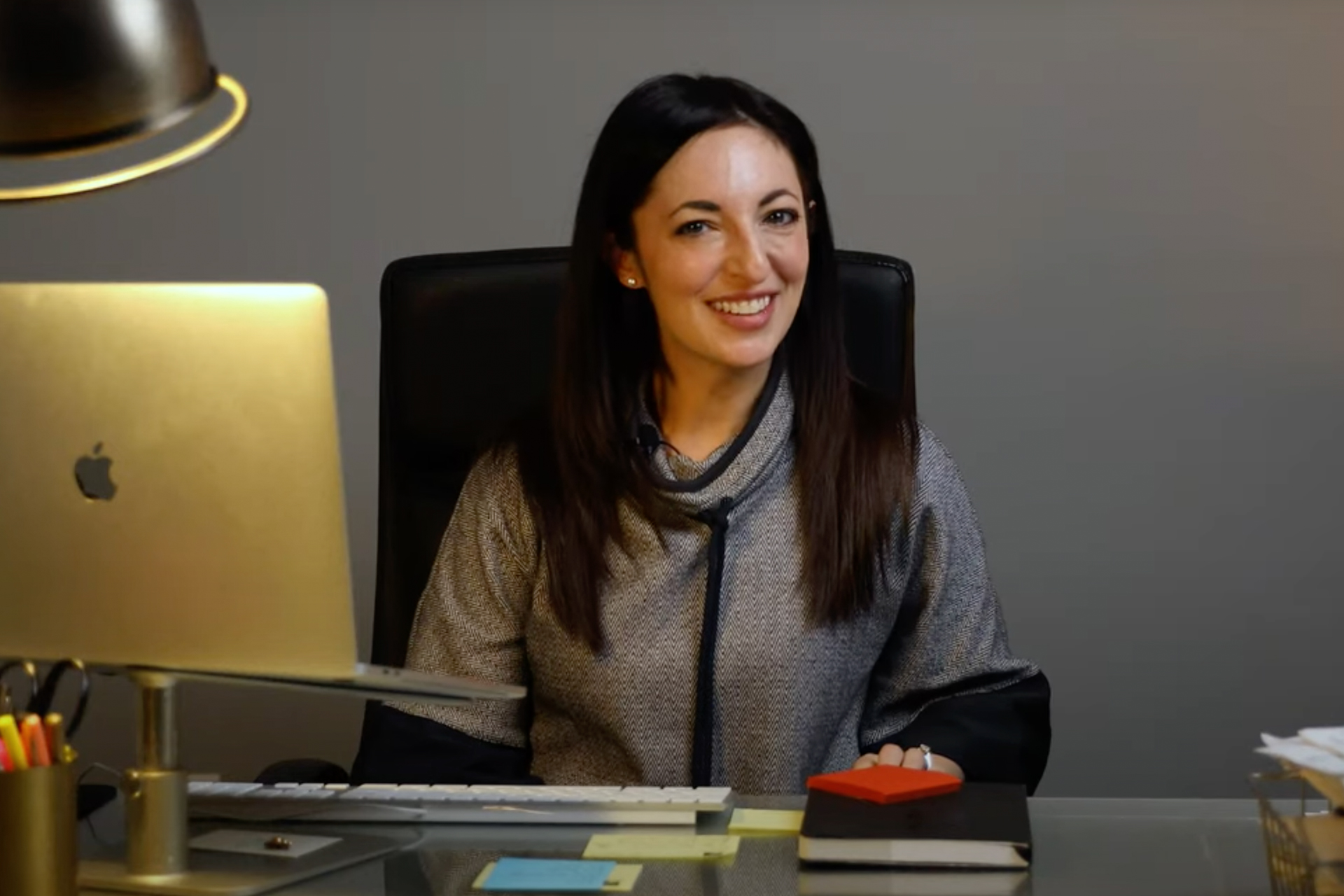Creativity: The Essence of Change
A look at creativity in advertising, an economic recession and its affect on urban revitalization.
The great David Ogilvy once said, “It takes a big idea to attract the attention of consumers and get them to buy your product. Unless your advertising contains a big idea, it will pass like a ship in the night.” The essence of our industry is in big ideas and creativity. These elements help to communicate information in a persuasive manner by captivating the attention and interest of individuals. Big ideas and creativity can create brand awareness and in some cases even change brand perception, preference or image. The crucial point here, from a holistic perspective, is that big ideas and creativity are the answer to change – whether in advertising or other industries. In the current state of our economy, we can only hope for change. We all want it, but how do we get there? The answer begins with creativity and big ideas.
The Creative Class and Urban Revitalization
For that past few years, I have been studying the work of Richard Florida. He is best known for his concept of The Creative Class, which identifies the essential elements required for urban revitalization: technology, talent and tolerance. Cities must invest in technology, nurture talent and be tolerant or accepting of diversity for creative people to come live, work and play. The growth and prosperity of a city is dependent on these attributes because they attract a unique group of people – The Creative Class. Of all the attributes and interests inherent in The Creative Class (art, music, community, philanthropy, creativity, open-minded, etc.), I am inspired by their unrelenting motivation the most. Florida explained this characteristic in a NPR “Weekend Edition” segment titled “Richard Florida, Tracking the Creative Class.”
“One of the things I think most economist have missed, is that creative people are intrinsically motivated. And if you look at most people who work in the creative fields, they’re not motivated simply by money, and for all of those economists who somehow believe you can spur national or regional growth by cutting taxes and using business incentives, the simple thing I would offer is, that isn’t it surprising that the fastest growing places in the world are typically the highest cost, most expensive places, putting the total emphasis on cost and business incentive factors, mix is a much bigger picture, creative people want to be in places where they can be themselves, do their work, be excited, be the person, complete person they want to be.”
This message is powerful – our current economy is under attack, however creativity can motivate people to great measures. According to Florida, “Creativity is the new raw material;” now more than ever, we must utilize this raw material to our full potential. A wonderful example of creative people working collectively is the organization Planning For Good, which brings Account Planners and their friends together to solve problems for causes and non-profit. Planning For Good was created by Gareth Kay, Aki Spicer and several friends. The project they focused on during the fourth quarter of 2008 was for a non-profit called The Idea Village, which launched a competition for entrepreneurs with ideas to retain young talent in New Orleans. When I first read about this project, I immediately thought of Richard Florida. Account Planners are “cultural creatives”, they are members of The Creative Class and by taking part in this project they are helping to bring The Creative Class back to New Orleans.
Another example is Professor John Silver of Oxford University and his “2020 vision.” One day when Silver was discussing optical lenses with a colleague, he wondered if it might be possible to adjust glasses without the need for expensive optometry equipment. And that’s when the big idea came; he wanted to make a pair of glasses that could be fine tuned by the person wearing the glasses. This would allow everyone, especially those without sufficient funds, to have glasses. Due to Silver’s curiosity and creativity, he was able to find an innovative solution by analyzing himself and having the selfless need to help others. Even with these inspirational examples of using creativity for the greater good, at times, it seems almost impossible to find inspiration or even motivation during the current economic recession, a time when we think everything is against us.
Creativity in a Recession
The birth of creativity: What creates or inspires creativity? Some argue that it’s based on nature, nurture, context, random or an inspirational force. Regardless of whether you are right or left brained, it’s reasonable to understand that all of these elements can affect creativity. I have always been interested by the idea of contextual relevancy. At Michigan State, one of my professors once said that you should study in the same lecture hall where your final exam would be held. The thought was that being in the same environment would allow you to easily access all of the information you learned during lecture and apply it to the exam. I applied this idea to one of my courses and aced the course. I wish I would have applied this to Calculus 2, but I didn’t spend enough time in context to reap the rewards of contextual relevancy.
In Malcolm Gladwell’s first book, The Tipping Point, he explains what the three rules of epidemics are: The Law of the Few (Connectors, Mavens, and Salesmen), The Stickiness Factor and The Power of Context. Gladwell’s theory of context – that changing the smallest details of your environment can have great consequences on your actions – also applies to creativity. If you think about The Creative Class, you can understand why they love being surrounded by other creative people, it inspires them, they have to be stimulated with artistic and intellectual curiosity. This is just one of the reasons why you find large populations of The Creative Class in cities like Chicago, New York, Boston or San Francisco. As stated in a Next American City post titled “Your Brain, On Cities,” living in a dense city can inspire innovative thinking (measured in number of patents, etc.). But what happens when your surroundings or context changes? This is ever so prevalent now. Does a recession negatively affect creativity? A Worldchanging post titled “Recession and Innovation” answers this question best:
“…it’s often times like these – when things are at their worst – that potential for real and positive change is arguably at its very highest… Lean times can arguably beget innovation that is smarter than the innovation that springs from fatter times; innovations that are more practical and effectively more sustainable from both a social and financial standpoint.”
Throughout America’s history, you can find many examples of difficult times that forced Americans to be innovative. During the Great Depression nylon was created by one of Du Pont’s scientists. Then during the 1969-1970 recession, Bill Hewlet of HP developed the first pocket calculator. Then during the dot-com bubble burst startups like JetBlue and Six Apart were created. At this same time, we also the revitalization of Apple with the iPod. According to a Wired article titled “Back to the Garage: How Economic Turmoil Breeds Innovation,” now is the perfect time to be creative.
“…for the bravest inventors and entrepreneurs, conditions are ideal to pounce on a business opportunity. In periods of economic turmoil, people are hungry and work cheap, and entrenched companies often concentrate on in-house cost-cutting instead of exploring new markets, which can explode with the next turn of the business cycle… The most memorable crucible in modern history is, of course, the Great Depression.
Take this opportunity to go back to your garage and think different like Steve Jobs and create your Apple. When the financial industry crumbled at the end of last year, many Wall Street professionals had to start over again and find new careers. Many of these professionals began exploring careers they would have never considered, specifically creative careers in technology, science, medicine, arts, entertainment, etc. In a New York Times article titled “Former Bankers Turn to a Creative Plan B” Richard Florida was interviewed and he explained that this “gravitational pull away from Wall Street and toward more creative industries is part of a necessary economic recalibration… we are now realizing it is our human creativity that is our real capital.”
The Renaissance
One morning in the fall of 2004, I was listening to NPR “Morning Edition” on my way to work and heard about Richard Florida and The Creative Class for the first time in a segment titled “Cities Seek to Prosper by Luring Creative People.” Florida’s first book The Rise of the Creative Class had been out for a few years, however at this time he was formulating his second book, The Flight of the Creative Class. Listening to this segment today is even more profound than the first time.
“The rise of the creative economy is making inequity worst. What’s happening is that, all these creative people are forcing themselves into about a dozen cities: New York, Washington, Chicago, San Francisco, Seattle, Austin and several more. Those cities are becoming growth meccas, they’re pulling away from the rest of the country and creating a lot of inequality within them. At the same time, housing is becoming unaffordable, for virtually anyone who has a middle-income job. So the creative economy is not generating just wealth and productive capacity and all these great things, it’s generating a whole heck of a lot of problems that no one in this country, whether they’re a democrat or republican even wants to face up to.”
When you read these words, you can’t help but wonder if the flight of the creative class could have helped cause the current recession. While I understand that many things have contributed to the current state, I also acknowledge the significance of these words. I grew up in Michigan and have spent most of my life there. When I moved to the Detroit area after to work at Ogilvy & Mather, I immersed myself in Detroit culture. I went to every music festival in the city; I explored all of the art galleries and cultural areas of Detroit. I loved Detroit. However, many years before this, Detroit began to deteriorate – it never really recovered from the race riots of the late 1960s. But I was determined to bring Detroit back. I introduced people to the hidden gems of Detroit: MOCAD, The Heidelberg Project, 4731 Gallery and Studio, Pewabic Pottery, Cadieux Cafe and my favorite Dally in the Alley. Around this time is when I learned about the creative class and became involved in some of the urban revitalization groups in Detroit like CreateDetroit. The first CreateDetroit event I attended was called Connect Four, at this event I really began to understand how the creative class could use their creativity to make a positive impact.
After working at Ogilvy & Mather for over 3 years, I was ready for a new experience. It was a difficult decision, but I was ready to grow personally and professionally. It was not until I decided to focus my career on digital advertising that I found the opportunity at Modernista! in Boston as an Interactive Account Executive on the Cadillac. After I made the move to Boston is when I realized that I was part of the problem Richard Florida spoke about – The Flight of the Creative Class. I moved from a city that scored low on the creative class index for technology, talent and tolerance, to one that scored high in all areas. I wanted to be surrounded by other creative people in an environment that embraced creativity and inspired me. However, these things exist in Detroit. They exist in every city. You need to find them and embrace them. If they don’t exist, create them. Use your creativity to make a difference and change the world. The current economic recession will change the way you view the world. This thought is evaluated in a Worldchanging post titled “Recession and Innovation.”
“What legacy will this convergence of crises, both financial and environmental, leave on the psyches of today’s young workers, students, artists and innovators? And what other solutions will emerge as intelligent messages of hope?”
We are all hoping for change, however the opportunity for greatness is up to us. When President Franklin D. Roosevelt founded the New Deal and initiated the Works Progress Administration (WPA) and Federal Art Project (FAP), creative people were invited to revitalize the country. President Barack Obama has brought hope to our country and inspired Americans to “reaffirm our enduring spirit.” A ReadyMade article titled “Poster Children” analyzes the New Deal and how a similar idea could be translated to our current situation.
“Given the current economic meltdown, the 75th anniversary of the New Deal has particular resonance. How might the current government stem the tide of economic and psychological depression? Can artists and designers help in similar ways today? It’s curious that the WPA style has been reprised in the recent past as a quaint retro conceit, but today may be an opportune time for a brand-new graphic language—equal in impact to the original initiative, but decidedly different—to help rally the cause of hope and optimism.”
However, we don’t have to wait for a similar initiative to come. Creativity and big ideas are inside us now and it’s the perfect time for change.


